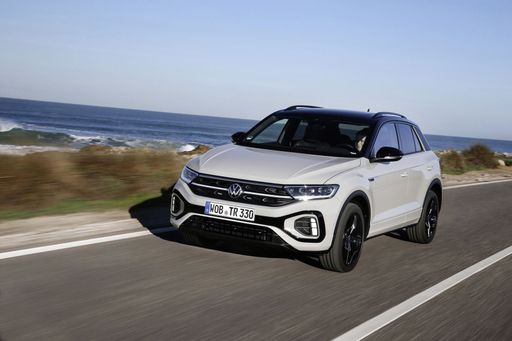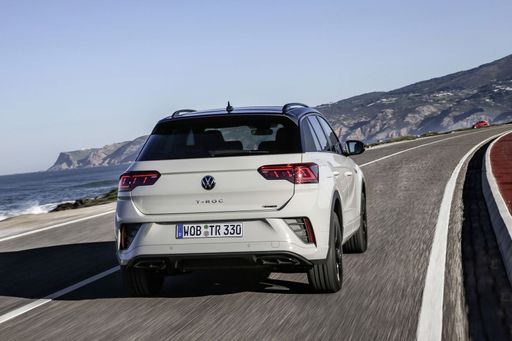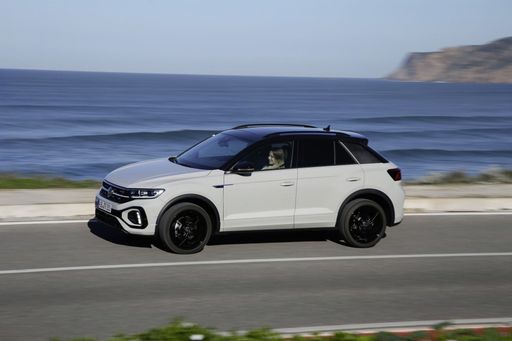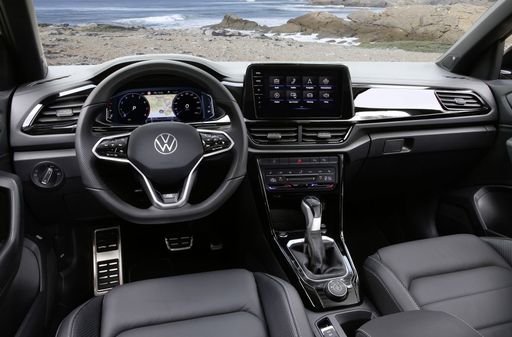BMW 2er Active Tourer vs. VW T-Roc: A Comprehensive Comparison
The automotive landscape is constantly evolving, with manufacturers striving to meet consumer demands for functionality, comfort, and innovation. In this comparative analysis, we delve into two prominent models of 2024: the BMW 2er Active Tourer and the VW T-Roc. Each of these vehicles offers unique features and capabilities, appealing to different segments of the market. Let’s explore the technical specifications and innovations that set these two apart.








